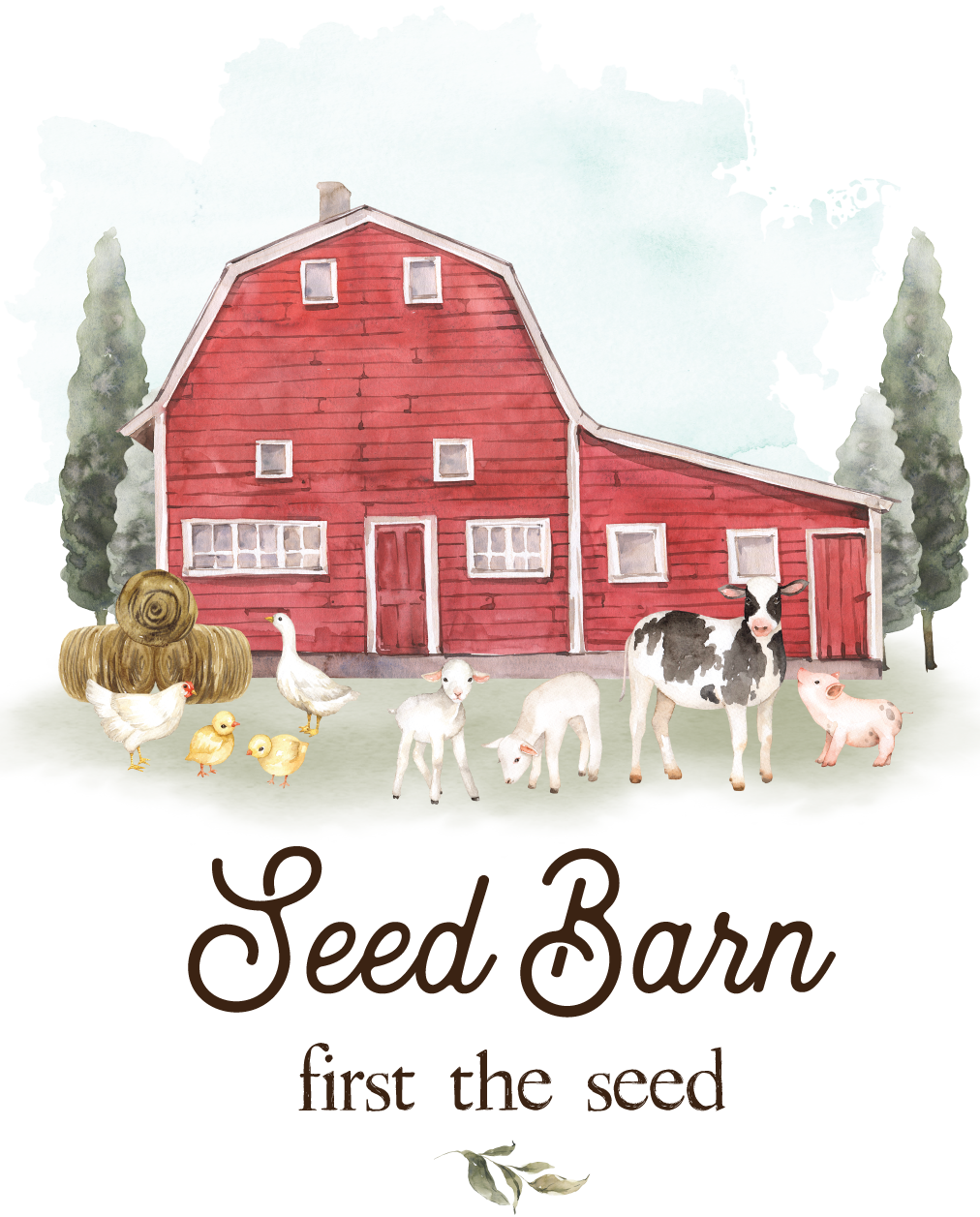Trophy Rape Food Plot Seed
Seeding Rate: Plant 6 to 8 lbs. per acre.
Trophy Rape is forage rape that is widely planted for deer. Rape produces leafy forage that is relished by deer. This brassica is high in protein and is very palatable. This is also one of the easiest crops to grow. It is fairly tolerant to acidic soils, doing well from 5.5 and up. Trophy Forage Rape does best in well drained soils, does not handle standing water or overly wet areas.
Plant seeds on a well-tilled seed-bed covering 1/4 to 1/2 inch. Fertilize and lime according to soil test. Brassicas also love Nitrogen, make a second application during the middle of the growing season to sweeten the food plot.
Trophy is a near-homozygous winter rapeseed cultivar with canola-quality seed oil and canola-quality seed meal, selected for its high adaptability to dryland and irrigated regions of the inland Pacific Northwest.
Trophy was evaluated in field trials in Idaho, Washington, and Oregon for six growing seasons from 1996 to 1997 through 2001 to 2002. Evaluation trials conducted during the 1998 to 1999 through 2001 to 2002 seasons were part of the Pacific Northwest Winter Canola Variety Trials (Brown et al., 1999; 2000; 2001; 2002). Performance was compared to four commercially available cultivars: Ericka, Ceres, Cascade, and Olsen. The cultivars Ericka (Brown et al., 1997), Cascade (Auld et al., 1987), Ceres, and Olsen [N. Deut. Pflanzenzucht (Germany)] have occupied almost the total acreage of winter canola in the region over the past 10 yr. Field trials were planted using bulked seed remaining from the Breeders Seed increase of single plant plots.
After fall seeding, Trophy seedlings emerge quickly and produce a good fall stand compared to the other check cultivars. This is particularly true when planted late in the fall directly seeding into straw stubble. On average, Ericka flowered after Day of Year (DOY) 128, while Trophy flowers significantly later, averaging DOY 131. The flowering date of Trophy is not significantly different from Ceres or Olsen. Plant height of Trophy is 144 cm, significantly taller than Ericka, but not significantly different from Ceres or Olsen. Despite producing tall plants, Trophy is resistant to lodging and was found to be significantly less likely to lodge compared to Olsen. Trophy plant maturity is intermediate, being significantly later than either Ericka or Cascade, but not significantly different from Olsen or Ceres. Trophy has a determinate growth habit with plants drying down evenly at maturity, an advantage to growers because this can help avoid seed shatter and aids in harvesting. Seeds are dark brown in color and medium to large size.
Averaged over 56 evaluation trials, Trophy produced significantly higher seed yield (3332 kg ha−1) than any check cultivar. Trophy was highly adapted to later planting and direct seeding into cereal stubble. The yield advantage of Trophy was particularly noted under these conditions. Trophy was the highest yielding entry in five of the six years tested and was second highest in the other year.
